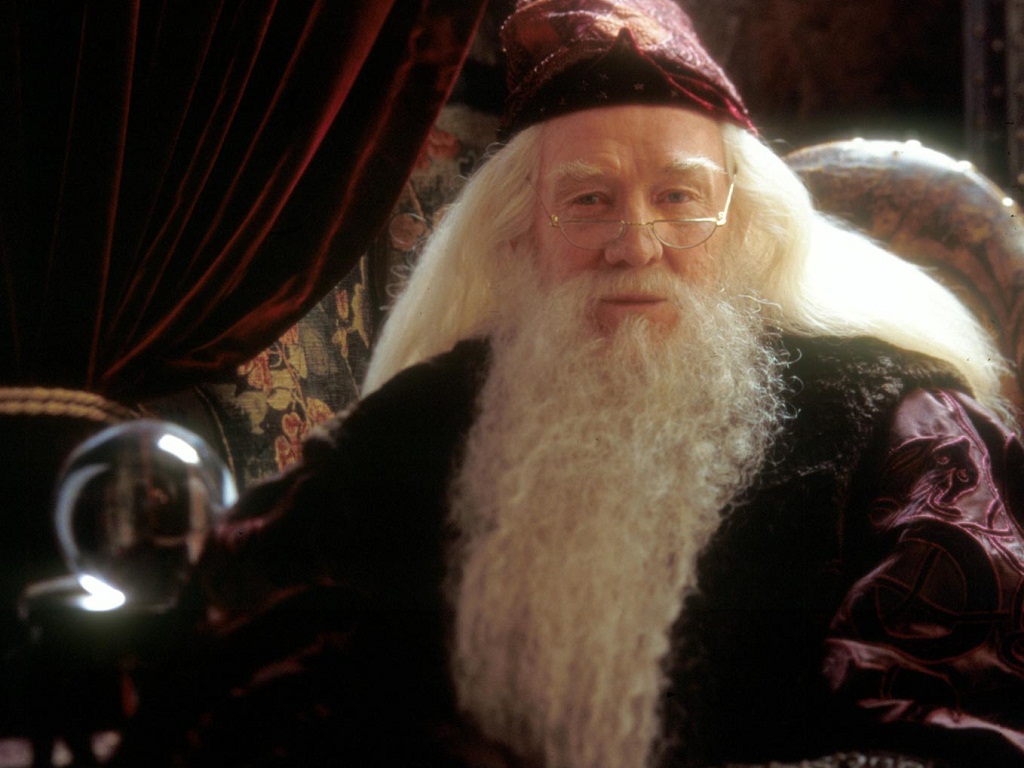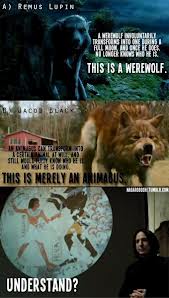Anybody who
knows me knows that I am a huge fan of Harry Potter. Fan doesn’t even begin to
describe the manic obsession I have with Jo Rowling’s books and the
Potterverse. Brianna Burley doesn’t have anything on me. Anyway, for those of
you who aren’t that familiar with the world of Harry Potter, one of the major
characters in the series is a brilliant old wizard, Albus Percival Wulfric
Brian Dumbledore, headmaster of Hogwarts School of Witchcraft and Wizardry,
Order of Merlin First Class, Supreme Mugwump of the International Confederation
of Wizards, and Chief Warlock of the Wizengamot. Dumbledore is considered the
most brilliant wizard of the age in the wizarding world. In the universe of
nerds and geeks though, there’s currently a fierce debate going on about whose
more powerful and better in general: Albus Dumbledore from Harry Potter, or
Gandalf the Grey from Lord of the Rings. In this post, I shall debate this
issue, supporting Albus Dumbledore, against my opponent Samm Ragone, who is
supporting the side of Gandalf the Grey.
Death
He died for a
noble cause, trying to protect Harry and thus protecting the entire wizarding
world. There was no possible way he could return to life (“No spell can
reawaken the dead Harry”—Dumbledore, Harry
Potter and the Sorcerer’s Stone) making his sacrifice more meaningful. And
think about it: if Gandalf is ‘resurected’, so to speak, as Gandalf the White,
are Gandalf the Grey and the White the same person? It seems to me that when
Gandalf comes back to life to ‘complete his life’s task’, he’s like a shadow of
the person he was when he was alive, a ghost come back to complete his quest to
be at peace, so the fact Gandalf comes back to life can’t even be a contending
factor here.
Magical Abilities
Dumbledore has a more extensive
magical library compared to Gandalf. Gandalf and Dumbledore have different ways
they use magic. Gandalf uses a staff while Dumbledore uses a wand, but while
they both use spells, Dumbledore is a more able wizard because there are more
spells in the wizarding world. There are over 135 spells in the world of Harry
Potter, according to Wikapedia, and numerous ways witches and wizards can use
their wands. They use magic in other ways as well, like potions and use of
magical creatures. Magic in Harry Potter is like technology in the muggle
world. It’s constantly developing and changing, new spells being created and
discovered. In Middle Earth, many of the spells are performed without words,
and there are very few spoken spells. Not everybody is a wizard in Middle Earth
too, so progress to develop new magical methods, making Gandalf’s magical
arsenal more limited.
Besides the number of spells
Dumbledore has at his disposal, he’s also the most powerful wizard in the
wizarding world. He defeated an army of Inferi (dead bodies enchanted by dark
wizards) single handedly, and weakened by a potion he needed to drink in order
to retrieve a Horcrux to defeat the most powerful dark wizard in the world,
Lord Voldemort. Dumbledore discovered the 12 uses for dragon’s blood, one of
the most influential discoveries of the 20th century. He also is skilled in fun, quirky, simple
magic as well, showing that Dumbledore is a renaissance man, skilled in all
areas of magic and has defeated powerful enemies as well. He was the only one
Lord Voldemort ever feared, after all. Sauron and Sauramon didn’t exactly fear
Gandalf. While you don’t need your enemies to fear you, there’s something to be
said for the most powerful dark wizard ever fearing his old Transfiguration
teacher.
Personality and General Awesome Qualities
Dumbledore was a man who was loved
by nearly all, even by races that were seen as reclusive, proud, or savage,
like mer-people and centaurs, both of whom honored Dumbledore at his funeral. He
was the most beloved headmaster Hogwarts ever had, and devoted his entire life
to teaching and helping young wizards, even though he could have had more ‘prestigious’
positions of power, like Minister of Magic, who is basically the president of
all the wizards in Britain in Harry Potter. He was on a Chocolate Frog Card for
crying out loud! That’s like the equivalent of being on a baseball card in the
muggle world! Dumbledore devoted his life to taking down Lord Voldemort and
believed that love would conquer all up until the very end. He was a champion
of Muggles and Muggle-borns alike in his lifetime, two groups of people who are
often discriminated against in the wizarding world. But besides being one of
the wizarding world’s ultimate champions for good and love, Dumbledore realized
his weaknesses. He was human and made mistakes as a youth and understood where
his temptations lie.
All in all, this is my argument why
Dumbledore is better than Gandalf. However, I can try an argue this until the
cows come home, but in the end, you’re going to have your own opinion based on
which story you fell in love with more, Lord of the Rings or Harry Potter. I
can list all the reasons why I think Dumbledore is the better wizard, but they’re
pretty equal when it comes to personality and magical ability. But this
argument just shows the impact stories have on our lives. Here you have two
seventeen year old girls arguing about which imaginary wizard is better. Both
of their lives have been influenced so much by these separate stories, the
characters feel real enough that the girls have to defend their honor. These
characters have a prominent place in our thoughts and minds, all because the
story they came from found a way to connect with us and come alive in our
minds. And these authors, my friends, are the TRUE wizards.




